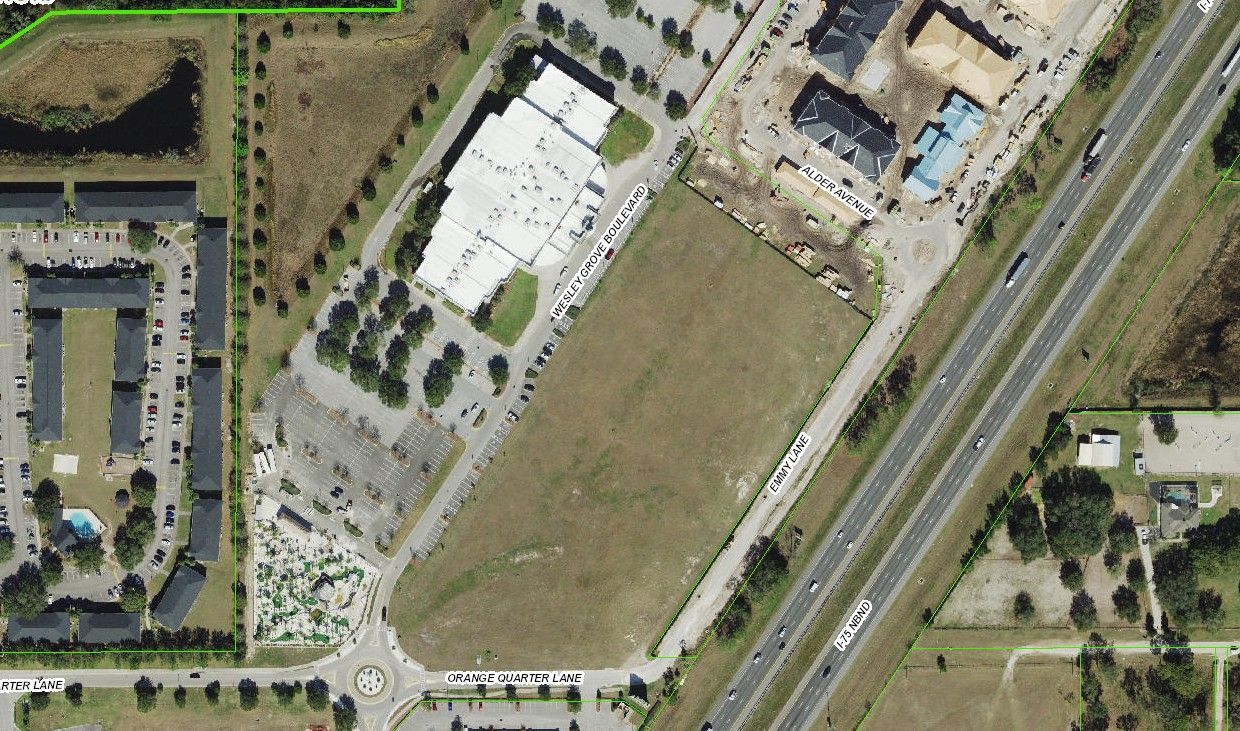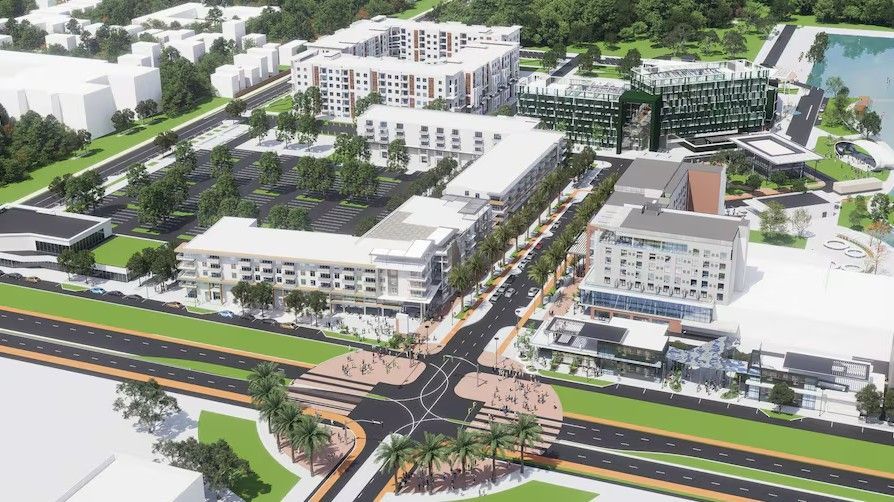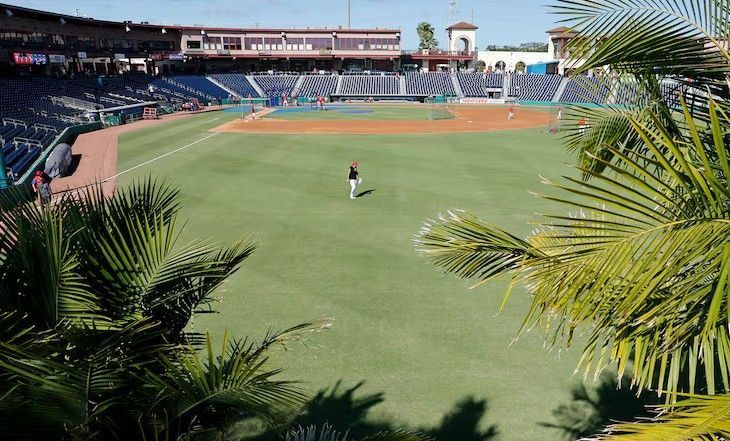City of Clearwater advances with $45 million city hall
Clearwater’s City Council has voted unanimously to begin the design work for a new City Hall that will be built along Myrtle Avenue, south of the Municipal Services building. A site was settled on last year, and a stand-alone option for the building has been chosen.
The cost of the new City Hall is estimated to be around $31.5 million, combined with the renovation of the Municipal Services building next door bringing the total estimated cost to $44.8 million. The city has hired Wannemacher Jensen Architects to cover conceptual planning and design work, for $3 million.
In order for the project to go ahead, the council will need to approve a construction contract at a later date. The concept the city has called for will be a 41,679 SF City Hall with a grassy town square covering the rest of the property to the Pinellas Trail in order to create entrances on both sides.
The parcel for the new City Hall sits directly north of a planned $44.5 million modernized transit center for the Pinellas Suncoast Transit Authority. The City Hall has been proposed to be named after former city manager Bill Horne, who led administration for 20 years, and sadly passed away in August just 3 weeks shy of his planned retirement.
An objected concept was to build a government center that would combine the City Hall and the Municipal Services Building into one new structure, costing $76.2 million. The other objected concept was to make the City Hall an addition to the Municipal Services Building, costing $43.2 million.
The previous City Hall on Osceola Avenue was vacated in 2019 to free up room for downtown waterfront development. Since vacating the old City Hall, meetings are conducted at the Main Library, and five city departments have been working out of sixth-floor office space in the One Clearwater Tower. Demolition of the old City Hall began in December but due to the discovery of asbestos in an interior wall, demolition has not yet been completed. City Council has also approved to increase their demolition contract with Biltmore Construction from $557,693 to $810,237 for the asbestos removal and excavation and disposal of foundation piles.
Source: Tampa Bay Times
SHARE CONTENT





